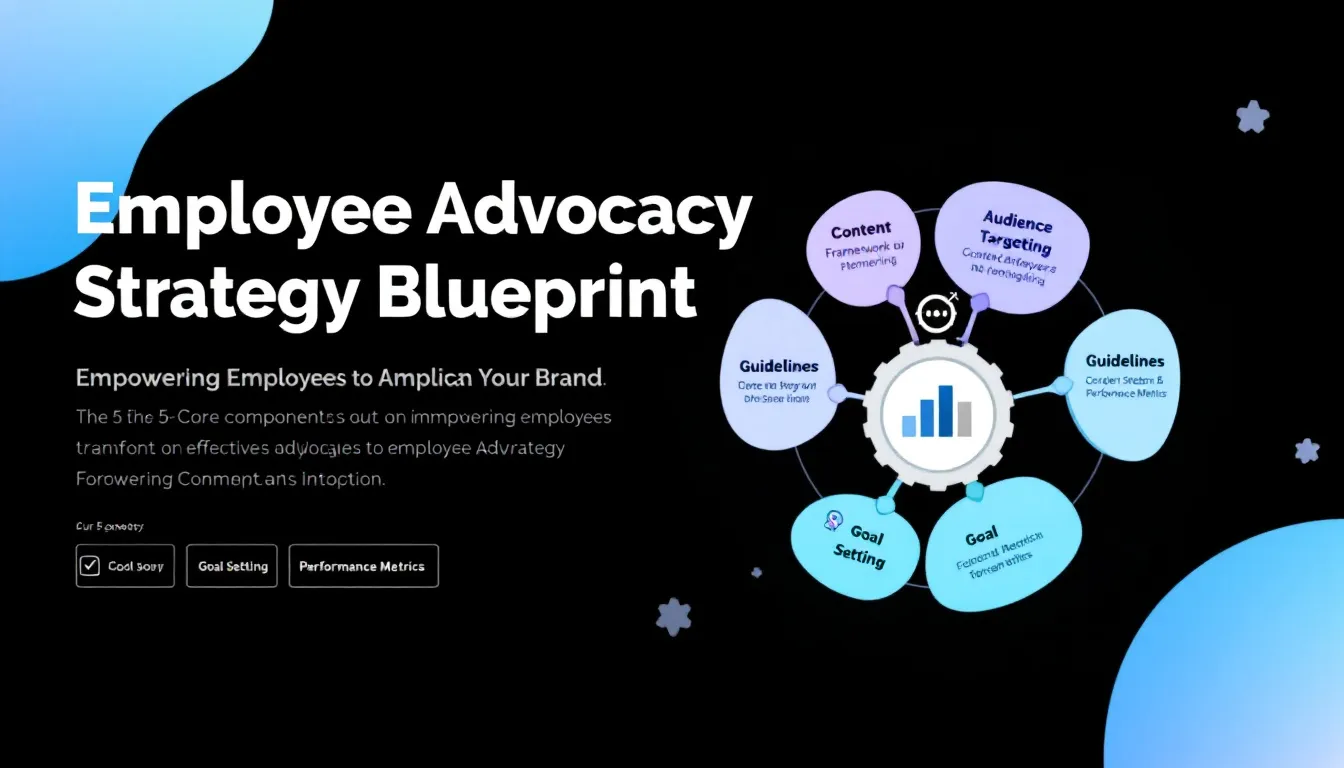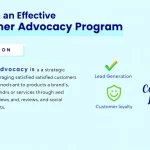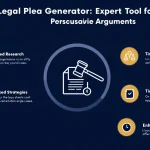Generating strategy...
Is this tool helpful?
How to Use the Employee Advocacy Strategy Generator Effectively
This tool helps you build a clear social media employee advocacy strategy. To use it effectively, fill out the fields with relevant details about your company and advocacy goals. Here’s how to complete each section with examples different from the form placeholders:
- Company Name: Provide your organization’s official name. For example, “BrightPath Technologies” or “EcoWave Solutions”.
- Content Type: Describe the types of posts employees will share. For example, “Customer success stories, sustainability initiatives, upcoming webinar announcements” or “Product tutorials, employee spotlights, industry news”.
- Target Audience: Define who you want to reach and on which platforms. Examples include “Healthcare professionals on LinkedIn and Facebook” or “Small business owners on Twitter and Instagram”.
- Sharing Guidelines (Optional): Include any rules or best practices for posting. Examples might be “Avoid controversial topics, use brand-approved hashtags, maintain professional tone” or “Encourage personal insights with brand-aligned messaging”.
- Program Goals (Optional): Outline what you want the advocacy program to achieve. For instance, “Boost brand recognition among local markets” or “Increase webinar registrations through employee shares”.
Understanding the Employee Advocacy Strategy Generator
This tool streamlines building a social media advocacy strategy that empowers your employees to promote your brand consistently and authentically. It helps you create guidelines aligned with your company’s goals and audience preferences, making it easier to coordinate content sharing across your team.
What This Tool Does
- Forms a content framework that employees can follow when sharing posts.
- Defines and targets your ideal audience with tailored messaging and platform selection.
- Implements clear sharing guidelines to keep messaging consistent and professional.
- Sets actionable program goals to measure advocacy success accurately.
- Helps optimize social media reach through focused strategy development.
Practical Uses of the Strategy Generator
This tool works as a guide for creating an employee advocacy plan that saves time and improves engagement. Instead of starting from scratch, you enter your company’s details and objectives. The tool generates a tailored strategy to help you:
- Align employee content sharing with your brand voice.
- Empower employees to share relevant and engaging posts.
- Target the right audience on social channels where they’re active.
- Set clear sharing standards to maintain brand integrity.
- Monitor and adjust program goals for better outcomes.
Example Use Case:
Company: ClearWater Analytics
- Content Type: Data reports, client testimonials, project highlights
- Target Audience: Environmental scientists on LinkedIn
- Guidelines: Use professional language, avoid client-sensitive info
- Program Goals: Improve industry thought leadership and client leads
After you provide these details to the tool, it generates a custom strategy that fits ClearWater’s objectives and audience, ready to be shared with your team.
Benefits of Using This Employee Advocacy Strategy Generator
1. Aligns Your Program with Business Goals
You’ll develop a strategy that reinforces your company’s core values and marketing objectives through consistent employee messaging.
2. Boosts Social Media Reach and Authenticity
Employees amplify your brand by sharing genuine content with their networks, increasing engagement and trust beyond corporate channels.
3. Saves Time and Improves Efficiency
By automating strategy creation, you reduce planning time and create a standardized approach that all employees can follow easily.
Key Elements to Include in Your Employee Advocacy Strategy
Content Framework Development
Define what type of content fits your brand and will resonate with your audience to guide employees toward impactful sharing.
Audience Targeting and Platform Selection
Know who you’re talking to and which social media platforms they use, so employees share content where it matters most.
Clear Sharing Guidelines
Set rules on tone, frequency, and brand compliance to maintain professionalism and consistency.
Program Goals and Metrics
Establish measurable objectives such as engagement rates, reach, or lead generation to track your program’s success.
Best Practices for Implementing Your Strategy
Organize Content with a Sharing Calendar
- Plan weekly or monthly themes aligned with business campaigns
- Schedule optimal posting windows based on audience activity
- Rotate content types to keep sharing fresh
Engage Your Employees
- Recognize and reward active advocates
- Create leaderboards to encourage friendly competition
- Offer regular training on social sharing best practices
Measuring Success in Your Employee Advocacy Program
- Participation Rate: Track how many employees actively share content.
- Reach and Engagement: Analyze likes, comments, and shares on employee posts.
- Lead Generation: Attribute new inquiries or conversions to advocacy efforts.
- Brand Sentiment: Monitor audience perception following employee activity.
Frequently Asked Questions About Employee Advocacy
What makes an employee advocacy program effective?
Clear guidelines, compelling content, and steady employee participation with authentic voice ensure success.
How often should employees share content?
Sharing content 2 to 4 times weekly balances consistency and quality without overwhelming followers.
Is employee advocacy suitable for small businesses?
Yes, small businesses benefit from the personal connections of their employees to boost local brand awareness.
What content performs best in advocacy programs?
Industry insights, behind-the-scenes stories, and thought leadership posts tend to drive the most engagement.
How can I motivate employees to participate?
Use gamification, offer recognition, and provide easy-to-use content templates to encourage regular sharing.
Tips to Optimize and Evolve Your Advocacy Strategy
Analyze Content Performance
- Identify which posts gain the most engagement
- Focus on producing similar content types
- Adjust messaging based on audience feedback
Continuously Improve the Program
- Conduct regular strategy reviews
- Incorporate employee and audience feedback
- Tweak content mix and posting times
- Evaluate platform effectiveness and explore emerging channels
Important Disclaimer
The calculations, results, and content provided by our tools are not guaranteed to be accurate, complete, or reliable. Users are responsible for verifying and interpreting the results. Our content and tools may contain errors, biases, or inconsistencies. Do not enter personal data, sensitive information, or personally identifiable information in our web forms or tools. Such data entry violates our terms of service and may result in unauthorized disclosure to third parties. We reserve the right to save inputs and outputs from our tools for the purposes of error debugging, bias identification, and performance improvement. External companies providing AI models used in our tools may also save and process data in accordance with their own policies. By using our tools, you consent to this data collection and processing. We reserve the right to limit the usage of our tools based on current usability factors.







